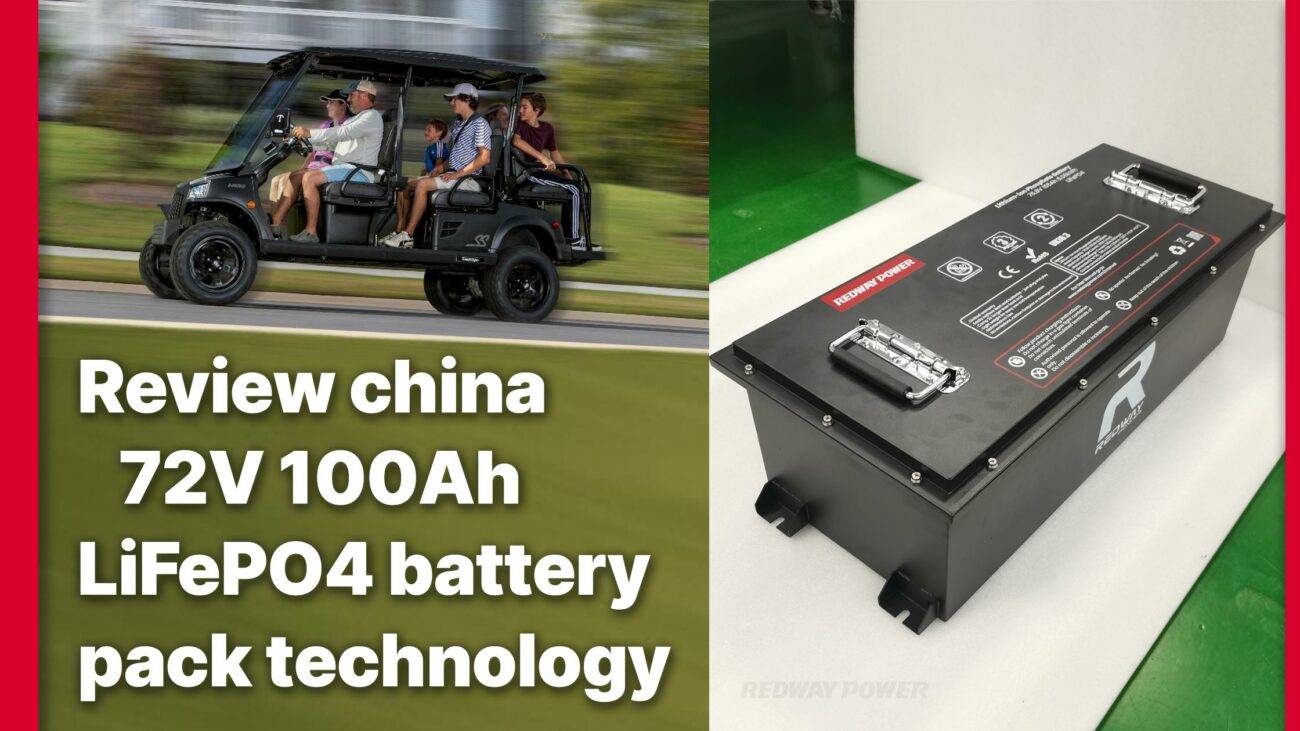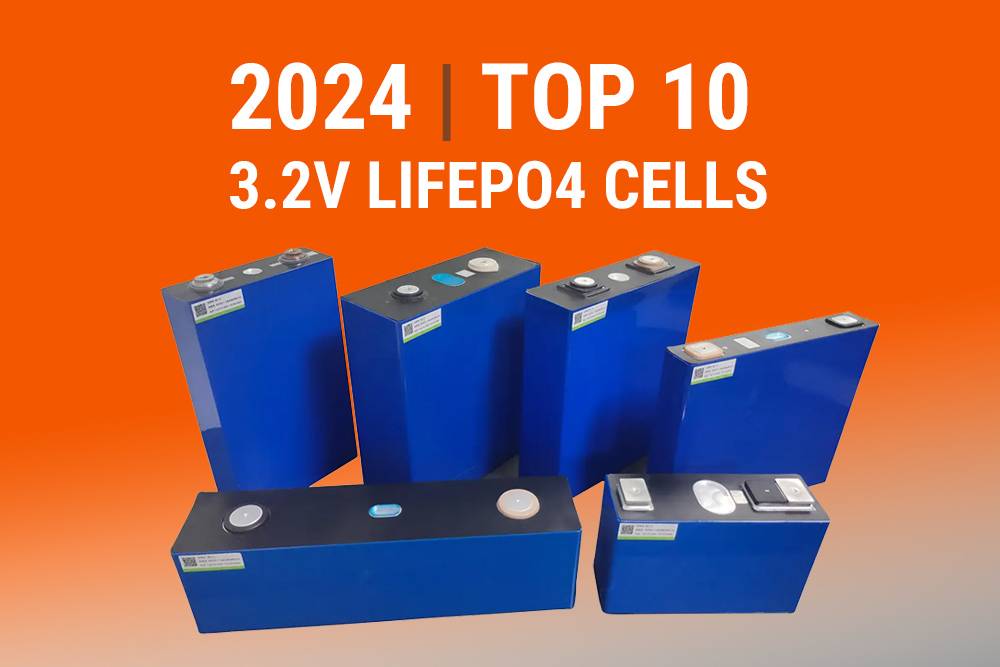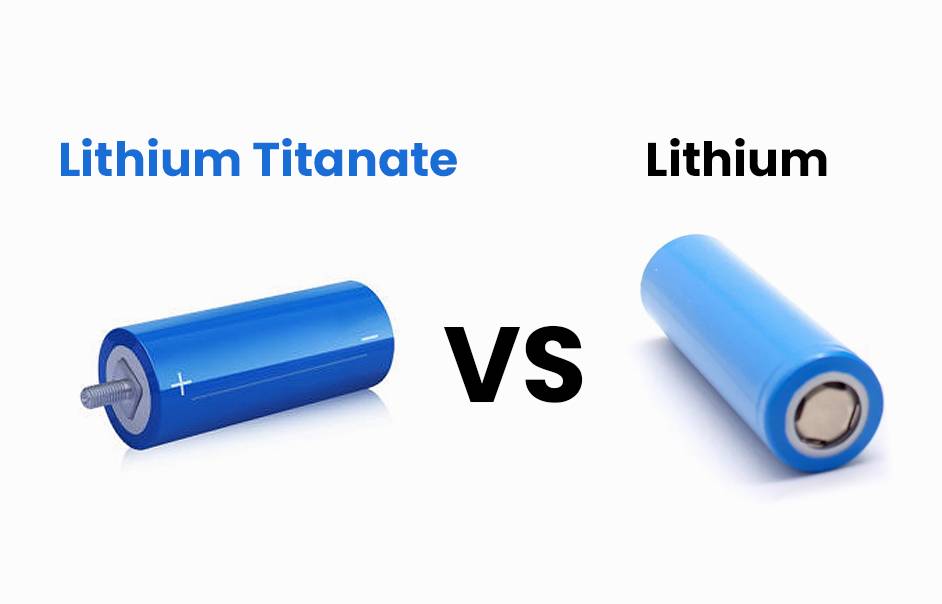- Forklift Lithium Battery
-
48V
- 48V 210Ah
- 48V 300Ah
- 48V 420Ah (949 x 349 x 569 mm)
- 48V 420Ah (950 x 421 x 450 mm)
- 48V 456Ah
- 48V 460Ah (830 x 630 x 590 mm)
- 48V 460Ah (950 x 421 x 450 mm)
- 48V 460Ah (800 x 630 x 600 mm)
- 48V 460Ah (820 x 660 x 470 mm)
- 48V 500Ah
- 48V 560Ah (810 x 630 x 600 mm)
- 48V 560Ah (950 x 592 x 450 mm)
- 48V 600Ah
- 48V 630Ah
-
48V
- Lithium Golf Cart Battery
- 12V Lithium Battery
12V 150Ah Lithium RV Battery
Bluetooth App | BCI Group 31
LiFePO4 Lithium
Discharge Temperature -20°C ~ 65°C
Fast Charger 14.6V 50A
Solar MPPT Charging - 24V Lithium Battery
- 36V Lithium Battery
- 48V Lithium Battery
-
48V LiFePO4 Battery
- 48V 50Ah
- 48V 50Ah (for Golf Carts)
- 48V 60Ah (8D)
- 48V 100Ah (8D)
- 48V 100Ah
- 48V 100Ah (Discharge 100A for Golf Carts)
- 48V 100Ah (Discharge 150A for Golf Carts)
- 48V 100Ah (Discharge 200A for Golf Carts)
- 48V 150Ah (for Golf Carts)
- 48V 160Ah (Discharge 100A for Golf Carts)
- 48V 160Ah (Discharge 160A for Golf Carts)
-
48V LiFePO4 Battery
- 60V Lithium Battery
-
60V LiFePO4 Battery
- 60V 20Ah
- 60V 30Ah
- 60V 50Ah
- 60V 50Ah (Small Size / Side Terminal)
- 60V 100Ah (for Electric Motocycle, Electric Scooter, LSV, AGV)
- 60V 100Ah (for Forklift, AGV, Electric Scooter, Sweeper)
- 60V 150Ah (E-Motocycle / E-Scooter / E-Tricycle / Tour LSV)
- 60V 200Ah (for Forklift, AGV, Electric Scooter, Sweeper)
-
60V LiFePO4 Battery
- 72V~96V Lithium Battery
- Rack-mounted Lithium Battery
- E-Bike Battery
- All-in-One Home-ESS
- Wall-mount Battery ESS
-
Home-ESS Lithium Battery PowerWall
- 24V 100Ah 2.4kWh PW24100-S PowerWall
- 48V 50Ah 2.4kWh PW4850-S PowerWall
- 48V 50Ah 2.56kWh PW5150-S PowerWall
- 48V 100Ah 5.12kWh PW51100-F PowerWall (IP65)
- 48V 100Ah 5.12kWh PW51100-S PowerWall
- 48V 100Ah 5.12kWh PW51100-H PowerWall
- 48V 200Ah 10kWh PW51200-H PowerWall
- 48V 300Ah 15kWh PW51300-H PowerWall
PowerWall 51.2V 100Ah LiFePO4 Lithium Battery
Highly popular in Asia and Eastern Europe.
CE Certification | Home-ESS -
Home-ESS Lithium Battery PowerWall
- Portable Power Stations
How Does LFP Battery Cycle Life Compare to Other Batteries?
Lithium Iron Phosphate (LFP) batteries are gaining traction due to their impressive cycle life compared to other battery technologies like lead-acid and nickel-based batteries. Typically, LFP batteries can endure between 3000 to 7000 cycles, significantly outlasting many alternatives, making them a preferred choice for various applications.
What Are LFP Batteries and Their Key Features?
LFP batteries are a type of lithium-ion battery known for their stability, safety, and longevity. They utilize iron phosphate as a cathode material, which contributes to their robust performance characteristics, including high thermal stability and lower risk of thermal runaway.Chart Title: Key Features of LFP Batteries
| Feature | Description |
|---|---|
| Safety | High thermal stability |
| Lifespan | Typically lasts 3000-7000 cycles |
| Environmental Impact | Non-toxic materials |
| Efficiency | High round-trip efficiency |
How Do LFP Batteries Compare to Other Technologies in Terms of Cycle Life?
When comparing cycle life, LFP batteries outperform many other types, including lead-acid and nickel-cobalt-manganese (NCM) batteries. While lead-acid batteries typically last around 200-1500 cycles depending on usage conditions, NCM batteries may offer about 2000 cycles under optimal conditions.Chart Title: Comparison of Battery Cycle Lives
| Battery Type | Average Cycle Life |
|---|---|
| Lead-Acid | 200 – 1500 |
| Nickel-Cobalt-Manganese | ~2000 |
| Lithium Iron Phosphate | 3000 – 7000 |
What Is the Round Trip Efficiency of LFP Compared to Other Batteries?
Round trip efficiency (RTE) is a critical measure indicating how effectively a battery converts input energy into usable output energy over charge/discharge cycles. LFP batteries exhibit higher RTE compared to many alternatives, making them more economical over time.
How Many Charge Cycles Can You Expect from Different Battery Types?
The number of charge cycles varies significantly among different battery types:
- Lead-Acid: Up to 1500 cycles under ideal conditions.
- NCM: Approximately 2000 cycles.
- LFP: Generally ranges from 3000 to over 7000 cycles.
This substantial difference underscores why many industries prefer using LFP batteries for applications requiring longevity.
Know more:
How Does LFP Self-Discharge Rate Compare to Other Lithium-Ion Batteries?
Why Are LFP Batteries a Great Choice for Marine Applications?
What Is the Energy Density of LFP Batteries and How Does It Benefit Marine Use?
How Does LFP Battery Cycle Life Compare to Other Batteries?
Why Have LFP Batteries Become Popular in the Marine Industry?
What Factors Affect the Lifespan of Various Battery Technologies?
Several factors influence battery lifespan, including:
- Depth of Discharge (DoD): Deeper discharges typically reduce cycle life.
- Temperature: Extreme temperatures can negatively impact performance.
- Charging Practices: Proper charging methods can extend overall lifespan.
How Does Depth of Discharge Influence Cycle Life Across Battery Types?
Depth of discharge plays a vital role in determining how long a battery lasts:
- Shallow Discharges (e.g., using only 20% capacity) can significantly extend cycle life.
- Deep Discharges (e.g., using up to 80% capacity) may shorten it considerably.
Understanding these dynamics is crucial for optimizing battery usage.
How Do Environmental Conditions Impact Battery Cycle Life?
Environmental factors such as temperature extremes, humidity, and exposure to corrosive elements can affect battery performance and longevity:
- High Temperatures: Can accelerate degradation.
- Low Temperatures: May hinder charging efficiency.
- Humidity: Can lead to corrosion in certain battery types.
What Are the Economic Implications of Choosing LFP Batteries?
While initial costs for LFP batteries may be higher than lead-acid options, their extended lifespan often translates into lower total cost over time due to reduced replacement frequency and maintenance needs.Chart Title: Cost Analysis Over Time
| Battery Type | Initial Cost | Lifespan (Cycles) | Cost per Cycle |
|---|---|---|---|
| Lead-Acid | Low | ~500 | High |
| Nickel-Cobalt-Manganese | Moderate | ~2000 | Moderate |
| Lithium Iron Phosphate | High | ~5000 | Low |
How Can Users Maximize the Cycle Life of Their Batteries?
To maximize cycle life, users should consider:
- Regular Maintenance: Keeping connections clean and secure.
- Optimal Charging Practices: Avoiding deep discharges when possible.
- Temperature Management: Ensuring operating conditions are within recommended ranges.
Expert Views
“Understanding the cycle life differences between various battery technologies is crucial for making informed decisions,” states an expert from Redway. “LFP batteries not only provide longer lifespans but also enhance overall performance in demanding applications.”
Conclusion
In conclusion, Lithium Iron Phosphate (LFP) batteries demonstrate superior cycle life compared to other battery technologies like lead-acid and nickel-based options, making them an excellent choice for various applications where longevity and reliability are paramount considerations.
FAQ Section
Frequently Asked Questions
- What is the typical cycle life for an LFP battery?
LFP batteries typically offer between 3000 to 7000 charge cycles under normal operating conditions. - How do environmental factors affect battery cycle life?
Extreme temperatures and humidity can negatively impact performance; maintaining optimal conditions is essential for longevity. - What practices can extend my battery’s lifespan?
Regular maintenance, optimal charging practices, and avoiding deep discharges can significantly enhance your battery’s lifespan.

















